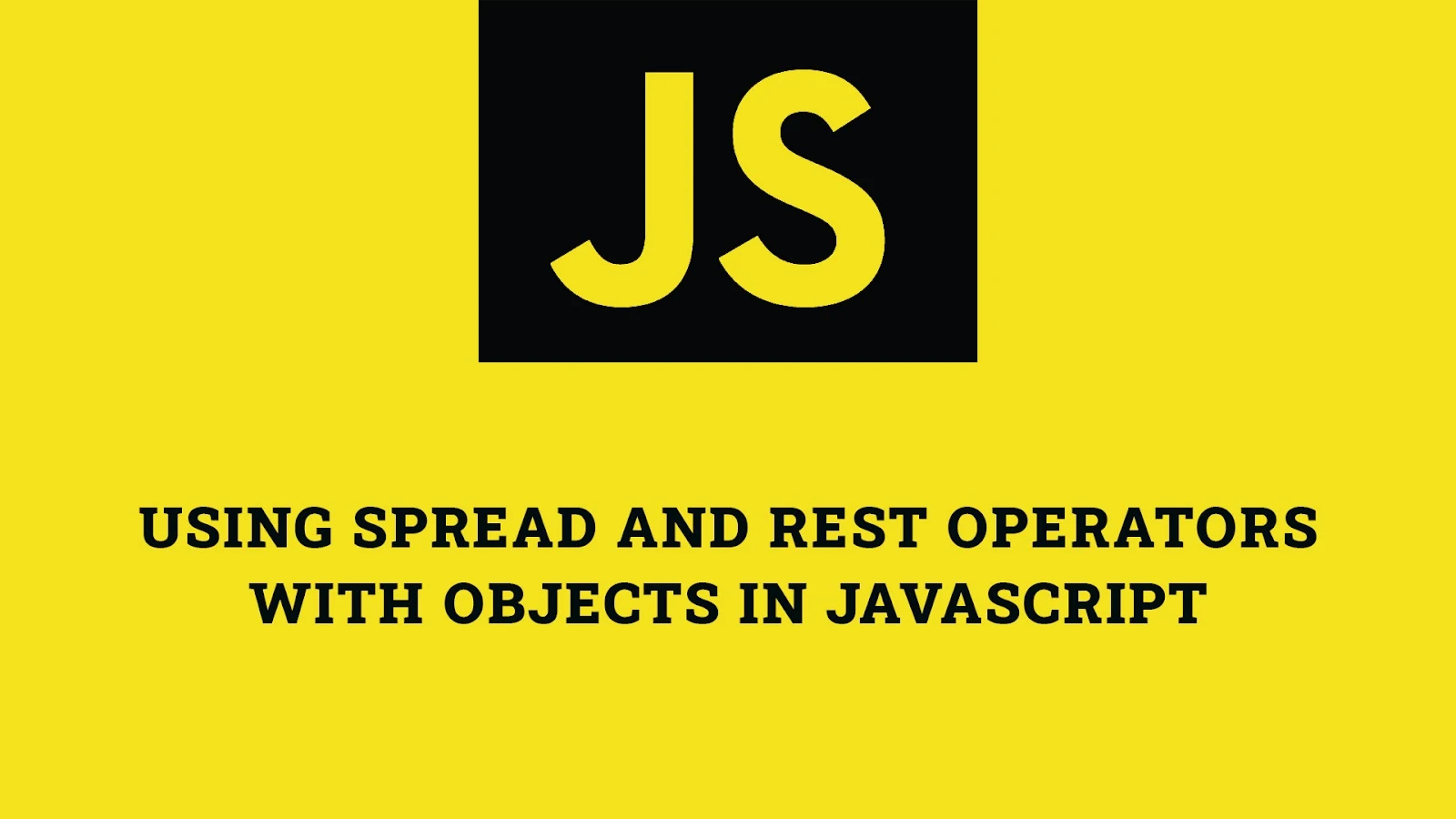Introduction
The spread and rest operators are versatile features in JavaScript, introduced with ECMAScript 2015 (ES6), that offer powerful ways to manipulate objects. The spread operator allows you to expand an object’s properties into a new object, while the rest operator enables you to collect multiple properties into a single object. This article delves into using these operators with objects, providing comprehensive explanations and examples.
Using the Spread Operator with Objects
The spread operator (...) enables you to expand properties from one object into another. This can be useful for creating shallow copies of objects, merging objects, and adding properties to existing objects.
Creating Shallow Copies of Objects
Using the spread operator, you can create a shallow copy of an object. This means the top-level properties are copied, but nested objects are shared between the original and the copy.
const original = { a: 1, b: 2 };
const copy = { ...original };
console.log(copy); // Output: { a: 1, b: 2 }This example demonstrates creating a shallow copy of the original object into copy. Any changes to the properties of the copy will not affect the original object.
Merging Objects
The spread operator can merge properties from multiple objects into a single new object.
const obj1 = { a: 1 };
const obj2 = { b: 2 };
const merged = { ...obj1, ...obj2 };
console.log(merged); // Output: { a: 1, b: 2 }This example merges properties from obj1 and obj2 into a new object merged.
Overwriting Properties
When merging objects, properties from later objects overwrite those from earlier ones.
const obj1 = { a: 1, b: 2 };
const obj2 = { b: 3, c: 4 };
const merged = { ...obj1, ...obj2 };
console.log(merged); // Output: { a: 1, b: 3, c: 4 }Here, the value of b in obj2 overwrites the value of b in obj1.
Adding Properties to Objects
Using the spread operator, you can add properties to an existing object by creating a new object that includes the original properties plus additional ones.
Example of Adding Properties
const obj = { a: 1 };
const extendedObj = { ...obj, b: 2 };
console.log(extendedObj); // Output: { a: 1, b: 2 }This example demonstrates adding a new property b to the obj object.
Using the Rest Operator with Objects
The rest operator (...) allows you to collect remaining properties of an object into a new object. This is particularly useful when you want to extract some properties while keeping the rest intact.
Basic Example of the Rest Operator
const obj = { a: 1, b: 2, c: 3 };
const { a, ...rest } = obj;
console.log(rest); // Output: { b: 2, c: 3 }In this example, the properties b and c are collected into the rest object, while the property a is extracted into a separate variable.
Example: Extracting Multiple Properties
const obj = { name: "Alice", age: 28, city: "New York", profession: "Developer" };
const { name, age, ...others } = obj;
console.log(others); // Output: { city: "New York", profession: "Developer" }Here, the properties name and age are extracted, while the rest of the properties are collected into the others object.
Combining Spread and Rest Operators
You can combine the spread and rest operators to perform complex object manipulations, such as updating properties while keeping the rest of the object unchanged.
Example of Combining Spread and Rest Operators
const obj = { a: 1, b: 2, c: 3 };
const newObj = { ...obj, b: 20 };
const { a, ...rest } = newObj;
console.log(rest); // Output: { b: 20, c: 3 }Updating Properties While Keeping Others Unchanged
This technique is particularly useful in state management libraries like Redux, where immutability is important. You can update properties in an object immutably by combining the spread and rest operators.
const state = {
user: {
name: "Alice",
age: 28
},
settings: {
theme: "dark",
notifications: true
}
};
const newState = {
...state,
user: {
...state.user,
age: 29
}
};
console.log(newState);
/* Output:
{
user: { name: "Alice", age: 29 },
settings: { theme: "dark", notifications: true }
} */In this example, the user object is updated with a new age while keeping the rest of the state unchanged.
Fun Facts and Little-Known Insights
- Fun Fact: The spread operator can be used to create shallow copies of arrays and objects, while the rest operator allows you to collect and unpack remaining properties.
- Insight: Combining the spread and rest operators can simplify many common tasks in JavaScript, such as merging objects, adding or removing properties, and creating new objects with updated values.
- Secret: Using these operators effectively can enhance code readability and maintainability by reducing the need for explicit loops and assignments.
Conclusion
The spread and rest operators provide powerful tools for working with objects in JavaScript. By understanding how to use these operators effectively, you can write cleaner and more efficient code. Whether you are merging objects, adding properties, or extracting data, these operators can simplify your work and enhance your coding experience.
 Reviewed by Curious Explorer
on
Saturday, November 30, 2024
Rating:
Reviewed by Curious Explorer
on
Saturday, November 30, 2024
Rating:




No comments: